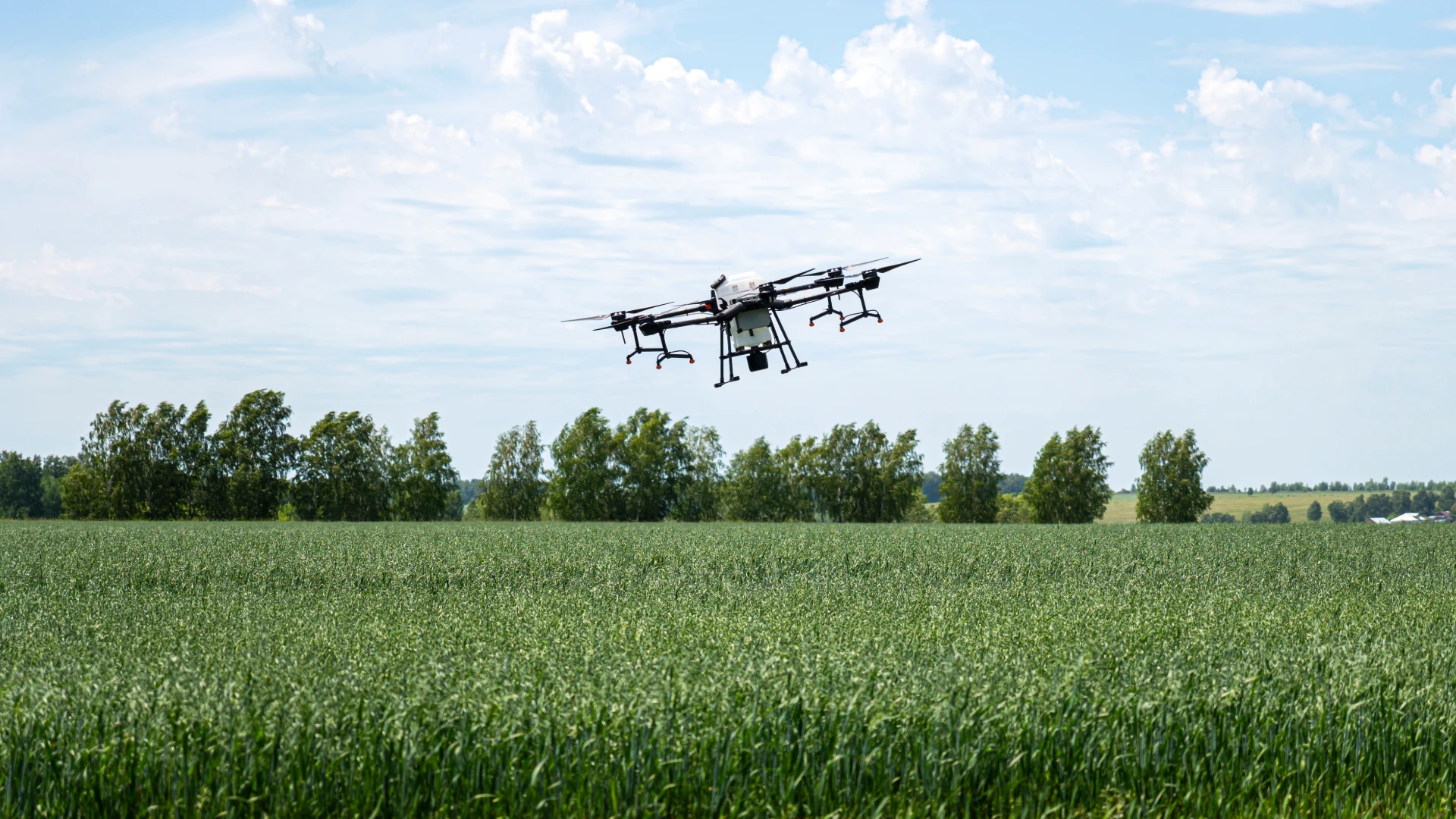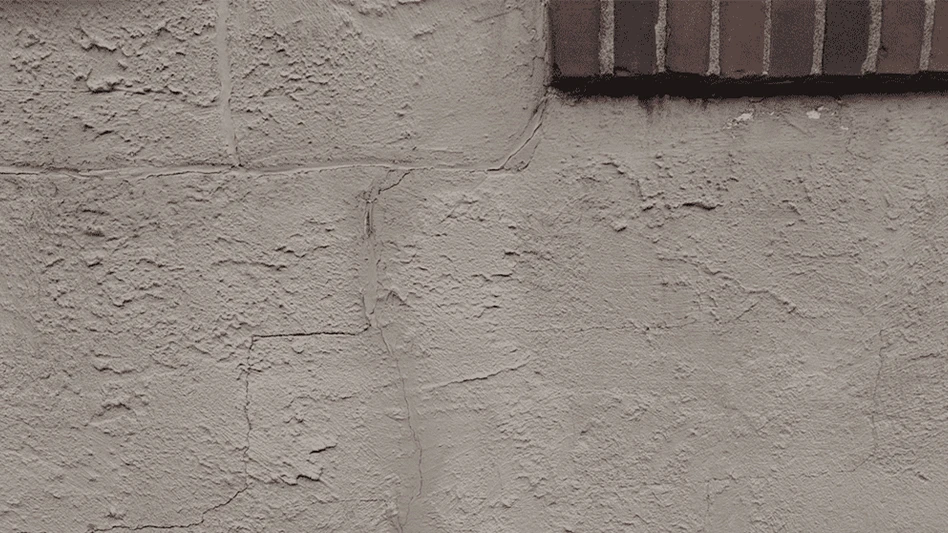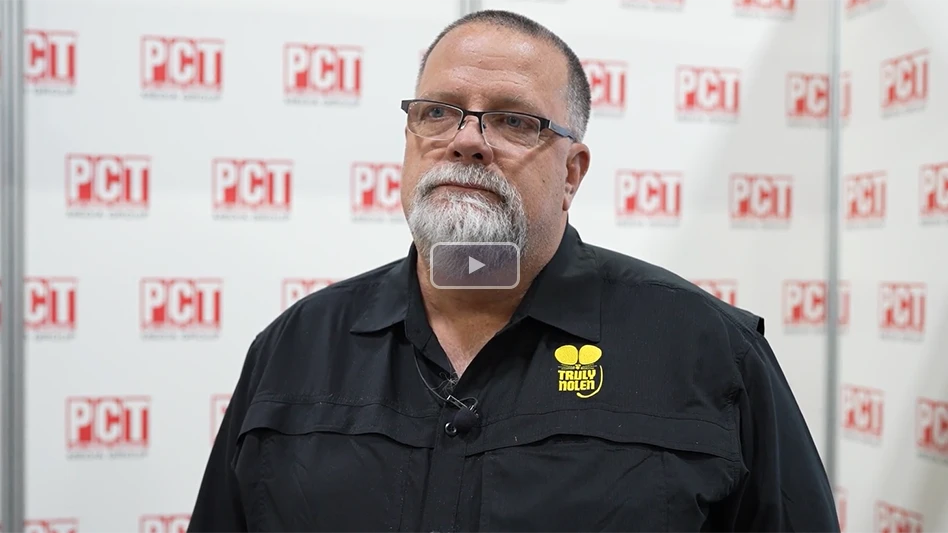
iStock | Diy13
Researchers are now using artificial intelligence (AI) to find better ways to manage pests. The University of Modena and Reggio Emilia in Italy is showing how AI can transform farming. Lara Maistrello, an associate professor in the Department of Life Sciences at the University of Modena, led a team of researchers to find more time and energy-efficient solutions to pest management.
The researchers devised an automated flight plan for drones to capture high-resolution images of pear orchards from a height of 26 feet. Drones flying at this altitude were less disruptive to pest movements than human observers.
Interestingly, adult bugs reacted by freezing when drones approached, aiding in capturing clear images of the area. These images were then utilized to train AI models to identify pest infections.
Using this data, the trained models showed higher efficiency in detecting the stink bug, achieving an accuracy of 97 percent compared to models trained from the beginning.
The researchers proposed applying this method to integrated pest management strategies, offering accurate predictions that can adjust to evolving environmental and weather conditions.
In another research, scientists from the City University of New York (CUNY), the University of Melbourne, RMIT University, and the ARC Centre of Excellence for Transformative Meta-Optical Systems (TMOS) tackled the hurdles of curved optical lenses in environmental sensing.
They devised a flat imaging sensor made of the thin material vanadium dioxide. In addition to its small size and lightweight, this sensor can switch between precise infrared imaging and edge detection as needed.
Madhu Bhaskaran, a professor at RMIT University's School of Engineering in Australia, explained that as the filter's temperature changes, vanadium dioxide transforms from an insulating state to a metallic one. This shift causes the processed image to transition from a filtered outline to an unfiltered infrared image.
Crucially, the sensor system can carry out these tasks at the edge, eliminating the need for extensive data storage and energy-intensive processors. The flat-optic lenses produced with this technology are lightweight, small, and consume less power. They are ideal for replacing conventional lenses in sensing applications with drones and satellites.
Source: Tech Times
Latest from Pest Control Technology
- Envu's Suite of Pest Management Solutions
- 2024 Crown Leadership Award Winner Kathy Heinsohn
- OPMA Shares Officer Inductions, PWIPM Chapter Updates from Winter Meeting
- Inside Out
- Virginia Pest Management Association Announces Award Honorees, Scholarship Recipients
- Kingfish Pest Control Named to University of Georgia Alumni Association’s Bulldog 100
- Aruza Pest Control Acquires Obex Pest Defense
- Veseris for Success





